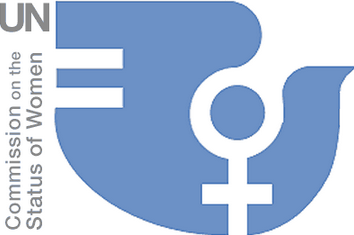Ed note. I am pleased to welcome Amanda Sperber to UN Dispatch. Amanda works at GroundSource and writes about media, social unrest and representations of distant others.
The 57th Commission on the Status of Women (CSW), kicks off today. This year’s theme: violence against women.
This topic touches all corners of the world. A casual glance at recent headlines makes abundantly clear that violence against women is a universal problem.
In November, a 15 year-old girl in Pakistan was killed after her parents threw acid on her as punishment for looking at a boy.
This past December in India, a 23 year old was gang-raped and beaten while traveling on a bus. She suffered brain damage, abdominal injuries and died on December 29.
According to a February 2013 report, Human Rights Watch documented over 70 cases of rape over a 10-day period by the Congolese Army, and found that the opposing M23 rebels had raped at least 36 women and girls over a similar duration.
Recently, in the United States, there’s been a legitimate controversy over re-authorizing the Violence Against Women Act (VAWA). It was finally reinstated, 500 days after it expired. Last month, when a student at UNC attempted to call attention to neglected reports about her rape on campus, she was charged with “violating the school’s honor code” and faces possible expulsion
What’s the roadblock to ending these absurd tragedies of human society? Implementing solutions.
“We know violence against women is bad, but how can we turn the key and make it totally unacceptable?” asked Aldijana Sisic, the Campaign Manager for the UN Secretary General’s Campaign UNITE to End Violence Against Women at a recent meeting of bloggers and journalists organized by UN Women.
Her suggestion: better media coverage. ‘Better’ doesn’t mean more graphic. But it does mean regular, consistent and frank reporting on the epidemic of violence against females around the globe.
In a 2007 the United Nations Development Fund for Women (now part of UN Women) reported that “one out of every three females around the world has been beaten, coerced into sex or otherwise abused in her lifetime…” One would think this kind of brutality, terrorizing so many around the world would be front page news every day, but it is not.
Ms. Sisic explained that continued press acknowledgement would put violence against women at the forefront of the public’s conscious. Media attention implicitly creates a hierarchy in one’s mind on the importance of issues in the news. Without regular coverage a topic seems less pressing. Right now, incidents are erratically highlighted and taken for granted as random occurrences, not a steady, horrific daily reality.
A change in the lacking and skewed media coverage of violence against women could have a huge impact in changing the global conversation about violence against women. Expect this topic to be at the fore of conversations this week in New York.
